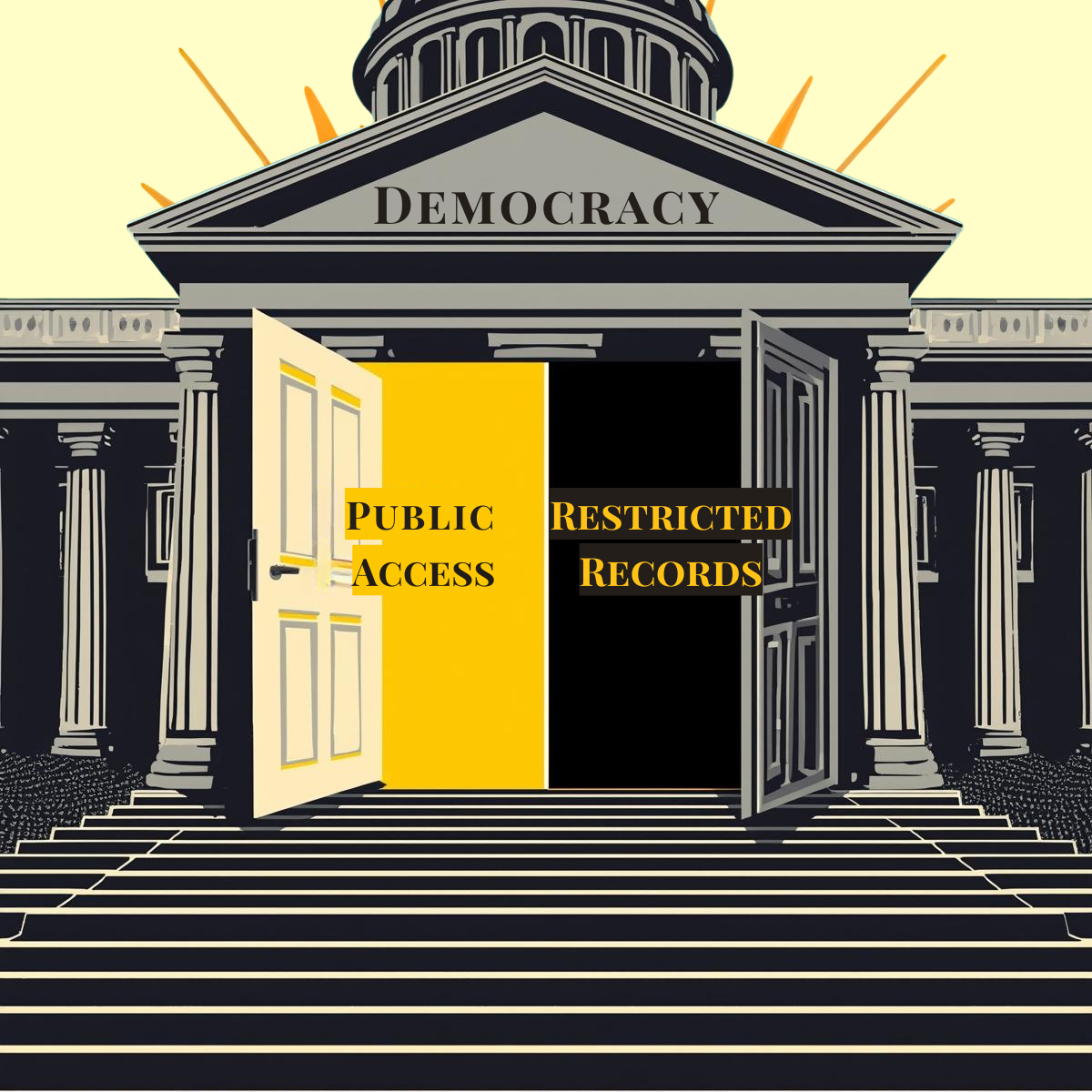Local news connects us to what’s happening in our communities — from school decisions to small-business stories — but it needs public support to survive. You can help by reading, subscribing, donating, advertising locally, or simply sharing articles that matter. Each action strengthens the flow of trusted information and helps ensure local journalism continues to serve your community.
Press freedom isn’t just about national headlines — it’s about what happens in your town hall, your school board, and your city council. When reporters can ask questions and share what’s happening, it keeps power accountable and communities informed. This piece explores why protecting the right to know starts close to home — and how every reader plays a role in keeping democracy transparent and strong.
Across New England, local newspapers are owned by everyone from family publishers to national chains and nonprofit organizations. Each ownership model brings its own challenges and opportunities — shaping everything from what gets covered to how deeply outlets stay connected to their communities. As the media landscape continues to evolve, understanding who owns your local paper helps readers understand how their news is made and why it matters
As local news outlets continue to disappear, state policymakers are stepping in with new solutions. From New Jersey’s Civic Information Consortium to New Mexico’s newsroom fellowships and Illinois’ tax credits, legislatures are experimenting with funding, grants, and workforce programs to sustain community-based journalism and strengthen democracy
Community foundations across the country are recognizing that funding local journalism supports more than news — it strengthens democracy and civic health. From Arizona to Vermont to Iowa, foundations are launching initiatives and partnering with outlets to ensure communities have access to trusted information, often through Press Forward’s growing network of local chapters
As more local newspapers shut down, communities across New England are finding creative ways to rebuild local reporting. From volunteer-led projects like the Hollis-Brookline News to well-funded startups such as The Belmont Voice, residents are proving that journalism isn’t dying — it’s evolving into new models that keep people connected and informed
As traditional newspapers shrink, new collaborations and nonprofit outlets across New England are stepping up to fill the gap. From The New Bedford Light’s reporting that sparked civic action to The Maine Monitor’s statewide investigations and student-led reporting at the University of Vermont, innovative models are reshaping how communities get the local news they need to stay informed and engaged
AI tools are finding their way into local newsrooms — but not to replace reporters. New Hampshire editors say they’re using artificial intelligence to speed up tasks like transcribing interviews, searching public records, and brainstorming headlines, while drawing clear lines against letting AI write stories. Transparency and human oversight, they stress, are essential to maintaining trust in journalism
In today’s “post-truth era,” media literacy is no longer optional — it’s essential. From spotting clickbait and deepfakes to understanding how AI shapes the flow of information, schools and parents play a critical role in teaching young people how to evaluate sources, detect bias, and make informed decisions in a distracted world .
How do you know if a local news outlet is trustworthy? Experts say to look for signs like transparency about ownership, reporters who are active in the community, stories that cite credible sources, and coverage that includes multiple perspectives. With so much “pink slime” masquerading as journalism, these red flags and green lights can help you separate fact-based reporting from misleading content .
Mistakes happen — but corrections are journalism’s way of staying accountable and building trust with readers.
Reporters don’t just take people at their word. They dig into documents, recordings, and multiple interviews to verify every fact.
Editors and reporters weigh community needs, time, and resources when deciding which stories to pursue and which to set aside.
Bias in journalism isn’t always about politics — it can come from missing voices or incomplete context. Here’s how reporters work for balance.
Not all stories are the same. Here’s how to tell the difference between reporting, opinion pieces, and sponsored content.
Local news connects you to your community, from school budgets to zoning rules — and helps you understand what’s at stake in your everyday life.
Trust in the media is at historic lows, but many New Hampshire outlets are rebuilding credibility through transparency, community engagement, and new ways of connecting with readers.
Local journalism is more than headlines — it’s your right to know, your voice in action, and your protection against secrecy. Without it, communities lose trust, accountability, and connection.
New Hampshire lawmakers are rethinking public access to government information. From shrinking the budget for the right-to-know ombudsman to debating who qualifies to request records, these changes could reshape transparency — and the public’s ability to hold officials accountable.
Delays, denials, and high costs are making it harder to access public records. But transparency laws and public pressure can still keep government open.
From school budgets to property taxes, many of the biggest decisions affecting daily life happen at local meetings. Here’s why they matter — and how you can take part.
From town budgets to school contracts, public records are your right. This guide explains how to file a request — and why it’s key to accountability
Town meetings are democracy’s front door. Open meeting laws give us the right to attend, but they only work if people show up, speak up, and hold leaders accountable.
The U.S. and N.H. constitutions protect press freedom — a right that allows both local and national journalism to hold government accountable. But growing threats make defending it urgent.























